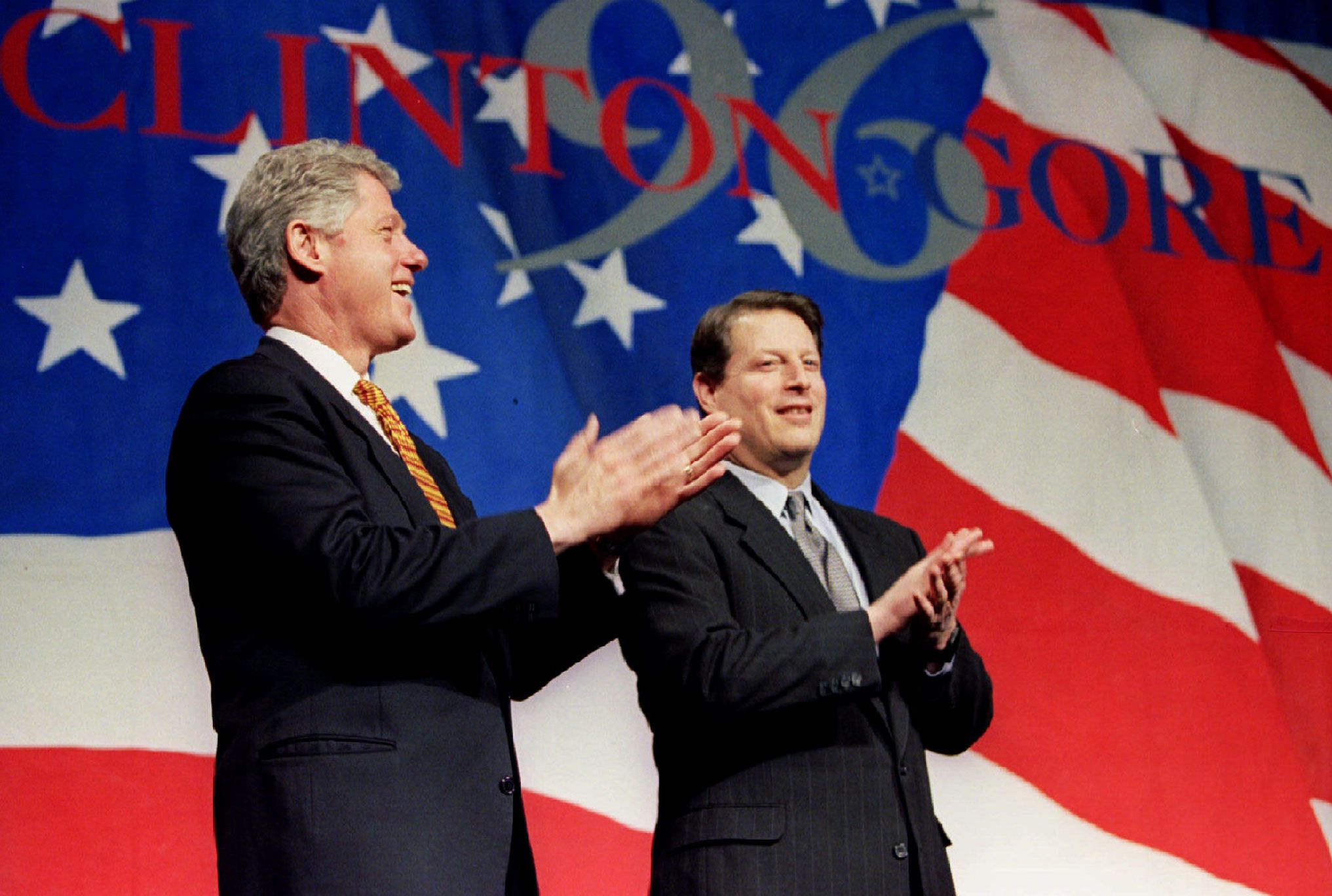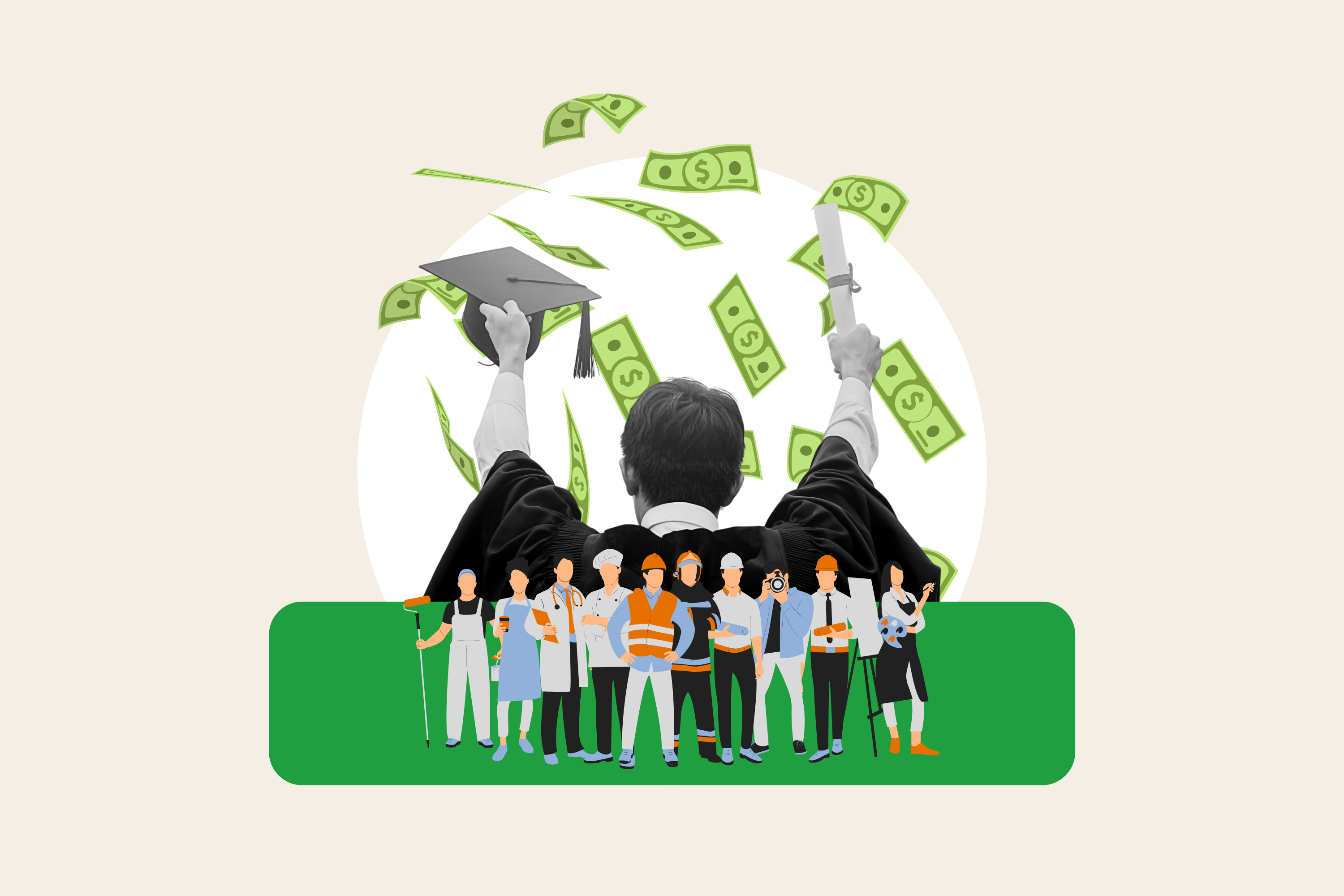
The FBI wants to crack open a mass shooter's iPhone, and Apple has refused to cooperate. It's a story for the 21st century, but the roots go back a whole generation earlier, to the 1990s when the FBI and other law enforcement agencies were trying to curb the then-new encryption technologies and create back door access for themselves.
In its motion Thursday to vacate a federal court order to help the FBI crack the encryption on the iPhone, Apple made it clear it believes this is a constitutional issue with First Amendment rights at stake. For a case that involves the newest consumer electronics and the FBI's battle against terrorism, it's a bit surprising the motion drew on several precedents from the 1990s that argue that computer code is a form of speech.
The 1990s were full of rhetoric and lawsuits about encryption, online privacy and government surveillance that closely resemble today's talking points—so much so that one longtime tech executive called it a "digital déjà vu" in an op-ed on The Hill. One of the major differences between the two decades is that the torchbearers in the fight against surveillance and encryption backdoors are no longer individual academics but Apple, one of the world's most influential tech companies, says Electronic Frontier Foundation staff attorney Andrew Crocker.
"What we have now here is a different context where encryption has gotten stronger and more mainstream since the 1990s," Crocker tells Newsweek. "It was more of an academic debate then."
These academic-debate-turned-lawsuits from the dot0com era have had huge legal consequences for Silicon Valley. In its defense to the judge, Apple may be relying heavily on the 1999 case Bernstein v. U.S. Department of Justice, which laid the foundations for the concept that computer code is a form of speech protected by the First Amendment. "Under well-settled law, computer code is treated as speech within the meaning of the First Amendment," reads Apple's motion, before listing Bernstein as an example.
In Bernstein, Daniel Bernstein, then a University of California, Berkeley, graduate student, was stopped by the government from publishing an algorithm for an encryption protocol he had built. Bernstein was told it could be considered an illegal arms export. Four years after the initial filing, in 1995, the 9th U.S. Circuit Court of Appeals sided with Bernstein, saying the government's intervention infringed on the First Amendment.
Apple will likely use Bernstein to argue that complying with the FBI's request to create a customized iOS that disables the security features on San Bernardino shooter Syed Rizwan Farook's iPhone would mean coercing its engineers to write a program against their will.
Other cases that helped place computer codes under First Amendment protection may be invoked in the Apple case. The 2000 case Junger v. Daley challenged the federal ban on exporting encryption source code, and the decision by the 6th U.S. Circuit Court of Appeals upheld the idea that computer code is a form of speech. "Most of the court actions in those days were about dissemination or bans in exporting code," Crocker says.
The government's recent tactics and demands on Silicon Valley to create backdoor access to work around encryption is nothing new. In the 1990s, the National Security Agency developed a chipset called the Clipper that, when attached to a computer, gave the government a spare key to unlock encrypted communications. The NSA's goal was to attach the chip to every telephone, fax machine and computer in the United States.
"Our policy is designed to provide better encryption to individuals and businesses while ensuring that the needs of law enforcement and national security are met," reads a statement from former Vice President Al Gore in 1994, introducing the Clipper Chip. "Encryption is a law and order issue since it can be used by criminals to thwart wiretaps and avoid detection and prosecution."
The Clipper chip rallied for the first time encryption advocates against the idea of government-only backdoor access—or, as The New York Times called it then, the "first holy war of the information highway." After heavy pressure, Gore backed down from his pro-Clipper stance, and the Clipper Chip fizzled out. In February 2015, the Clipper Chip—after two decades of dormancy—was officially retired, just as "Crypto War 2.0" began to brew between Silicon Valley and Washington, D.C., once again.
"The FBI paints this as a trade-off between security and privacy. It's not. It's a trade-off between more security and less security," writes security technologist Bruce Schneier on his website in a piece that was republished in the Times. "It's something I seem to need to say again and again."
Uncommon Knowledge
Newsweek is committed to challenging conventional wisdom and finding connections in the search for common ground.
Newsweek is committed to challenging conventional wisdom and finding connections in the search for common ground.
About the writer
Seung Lee is a San Francisco-based staff writer at Newsweek, who focuses on consumer technology. He has previously worked at the ... Read more
To read how Newsweek uses AI as a newsroom tool, Click here.








